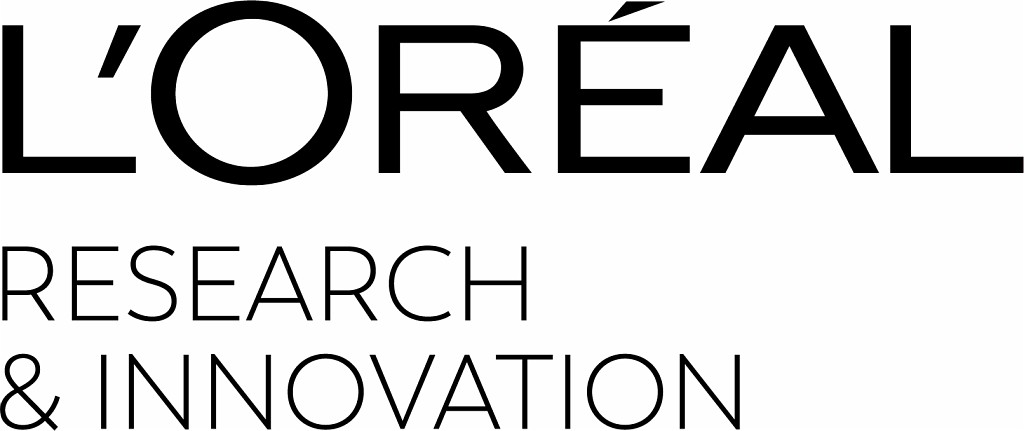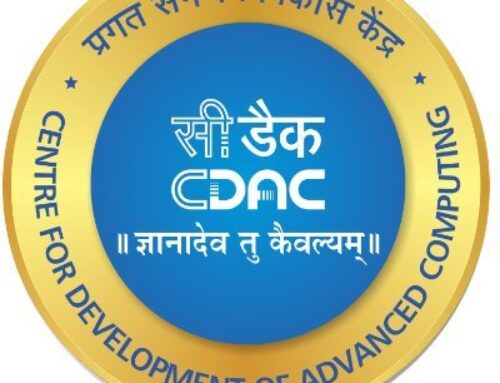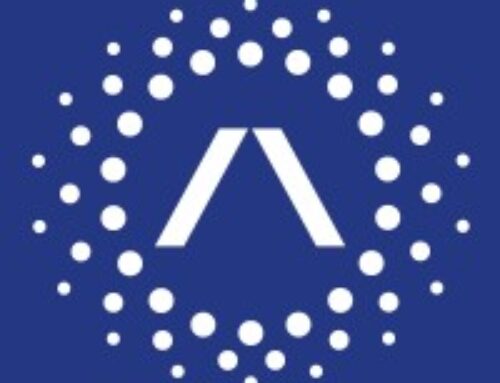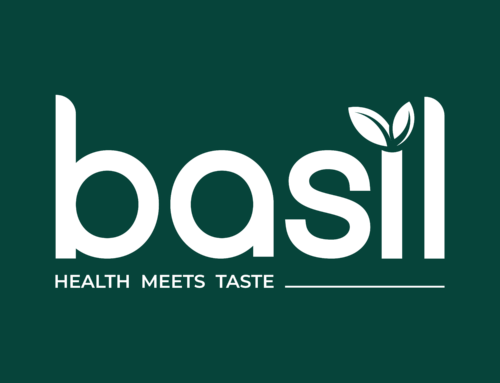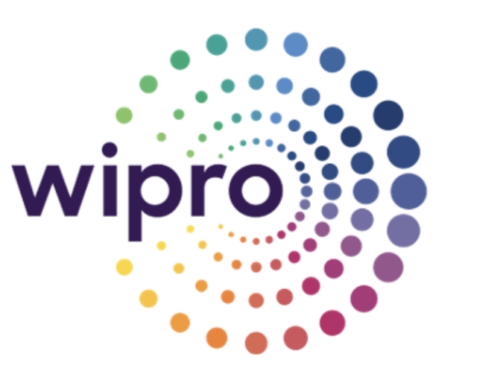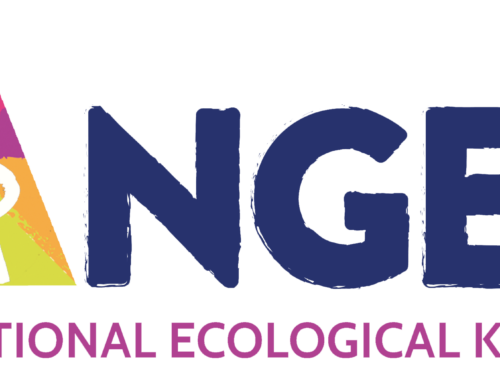The beauty industry is constantly evolving, not only in its pursuit of innovative products but also in its commitment to sustainable practices. L’Oréal, a global leader in beauty, has always been at the forefront of this evolution. We are excited to announce a groundbreaking energy-saving innovation developed in-house: the Snorkel Automated System (SAS), a device intended solution poised to revolutionize energy efficiency in laboratory and factory settings.
The Challenge: Energy Consumption in Laboratories
Research laboratories, particularly in industries like cosmetics, chemicals, and pharmaceuticals, rely heavily on snorkels for ventilation and safety. These ventilation systems extract hazardous fumes and ensure a safe working environment for scientists and technicians.
However, traditional snorkel systems often operate continuously, regardless of actual need. This constant operation leads to significant energy wastage, particularly in heating, ventilation, and air conditioning (HVAC) and exhaust systems. With HVAC systems accounting for a substantial portion of carbon emissions, this inefficiency poses a significant challenge to sustainability efforts. In India alone, air conditioning is projected to increase annual CO2 emissions from 38 to 160 million tonnes by 2050, with HVAC contributing 40% of all carbon emissions.
SAS: An Ingenious Solution
The Snorkel Automated System (SAS) addresses this challenge head-on. This innovative system allows users to operate the snorkel as needed, automatically switching to the OFF position when not in use. This precise control eliminates the unnecessary energy consumption associated with constantly running ventilation systems. SAS achieves this through an advanced timing mechanism that ensures optimal usage without compromising safety.
How Does SAS Work?
Designed with user-friendliness in mind, SAS boasts a simple “plug and play” installation process, making it easily adaptable to existing laboratory setups. Its nominal power requirements and compatibility with both 50Hz and 60Hz power frequencies make it a globally applicable solution. Furthermore, the system’s data logging capabilities allow for centralized monitoring and analysis of SAS usage across multiple devices, providing valuable insights into energy savings and operational efficiency.
The Impact: Real-World Results
Since its implementation in our formulation labs on April 1, 2024, SAS has demonstrated remarkable results:
- Exhaust Energy Reduction: Average peak season exhaust consumption has decreased by 65kWh.
- HVAC Energy Reduction: Peak season HVAC consumption has dropped by 70kWh.
- Overall Energy Savings: SAS has achieved an impressive ~30% reduction in both exhaust and HVAC energy consumption.
These results highlight the tangible impact of SAS on energy efficiency and underscore its potential to significantly reduce the environmental footprint of laboratories and factories.
A Sustainable Future for Laboratories
The demand for HVAC and exhaust systems continues to grow, driven primarily by commercial sectors, offices, and hospitals. As energy consumption rises, so does the urgency to find sustainable solutions. SAS offers a crucial step towards a greener future by directly addressing the energy waste associated with essential safety equipment. By reducing energy consumption and minimizing CO2 emissions, SAS not only contributes to a more sustainable environment but also offers a cost-effective solution for businesses.
L’Oréal’s Commitment to Sustainability
The development and implementation of SAS exemplify L’Oréal’s unwavering dedication to sustainability and innovation. We believe that environmental responsibility and scientific progress go hand in hand, and SAS embodies this principle. We are proud to introduce this groundbreaking technology and look forward to its positive impact on the industry.


